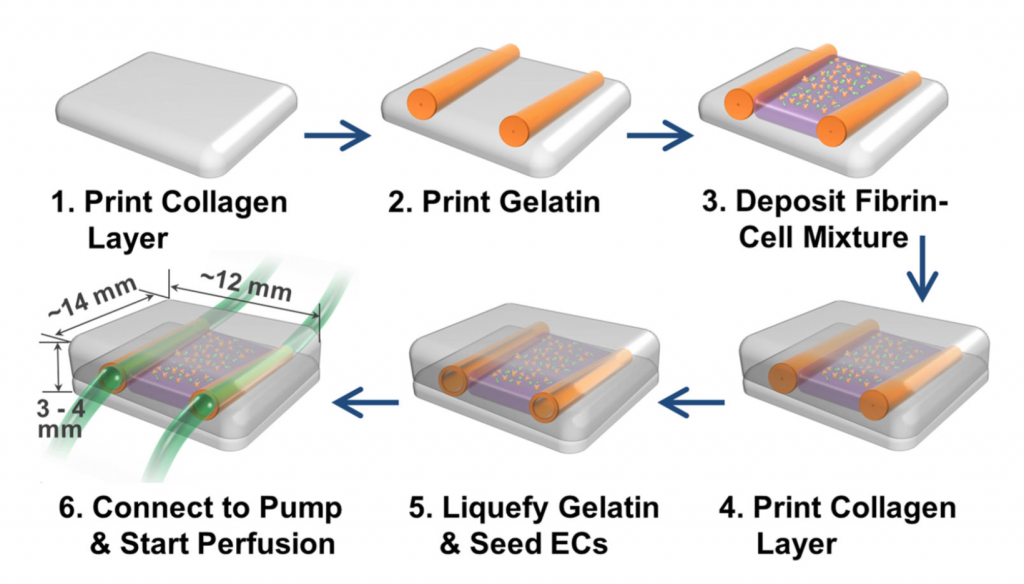Under the direction of new associate professor Guohao Dai, the Department of Bioengineering at Northeastern University Mass. is one step closer to The 3D Printed Heart. Being such a delicate process, Dai has developed his own 3D printer and compatible software, for a process that has so far been able to create vascular-tissue suitable for drug testing and replicating the behaviour of diseases. His research looks specifically at the tissue’s blood-flow capabilities.

With such excellence in the field of bioengineering, 3DPI were not surprised to learn that Dai completed his Ph.D Fluid Mechanics and Vascular Surgery with MIT, and furthered his studies at Harvard Univeristy. MIT is one of the key contenders in 3D printing research, having launched the Fab Lab movement in 2002 and recently developing Foundry software, termed ‘the PhotoShop of 3D printing’. Harvard on the other hand, have spearheaded organ-a-chip research, particularly in October’s heart-on-a-chip development.
A preview of Dai’s 3D bio-printing can be found in a paper published in 2014 titled Generation of Multi-scale Vascular Network System Within 3D Hydrogel Using 3D Bio-printing Technology. In the schematic below you can see the process put together by Dai and researchers Vivian K. Lee, Alison M. Lanzi, Haygan Ngo, Seung-Schik Yoo, and Peter A. Vincent.

The overall goal of his research at Northeastern, which is funded in part by the National Institute of Health and the American Heart Association is, to quote the university’s news on the project: ‘to provide a basis for developing novel therapeutic approaches to vascular related disorders such as cardiovascular and neurovascular diseases and cancer progression in blood vessels.’
Featured image shows the Northeastern University campus Photo via: Mary Knox Merrill / Northeastern University


